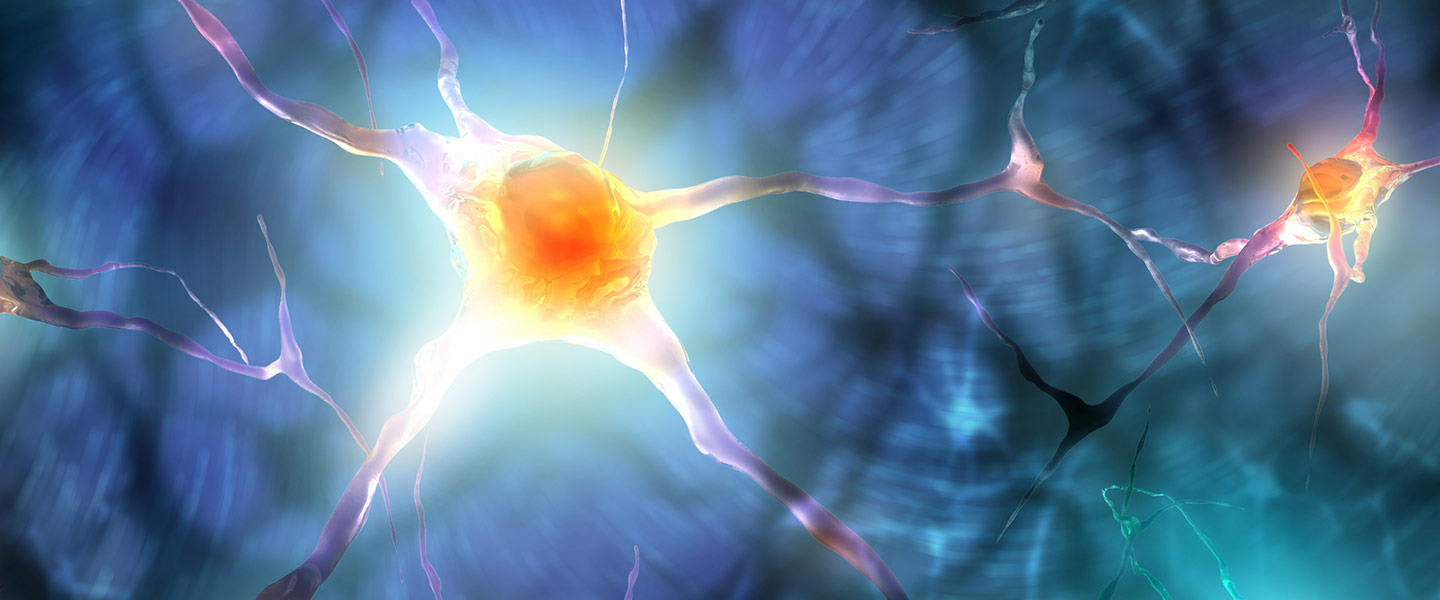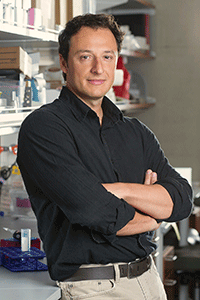Cell Signaling Defect May Be Linked to Overgrowth of Neurons Seen in Autism
Cell Signaling Defect May Be Linked to Overgrowth of Neurons Seen in Autism

Researchers have uncovered a cell signaling defect that may be responsible for an early overgrowth of neurons in some people with autism. In brain cells grown in the lab, the problem can be corrected with insulin growth factor 1 (IGF-1), a drug that is currently in clinical trials for autism spectrum disorders.
The discovery was made in laboratory-grown neurons derived from the cells of children with autism whose brains are abnormally large, a condition that affects approximately 20 percent of people with autism spectrum disorders. The study, published July 5 in the journal Molecular Psychiatry, was led by 2014 NARSAD Independent Investigator Alysson Renato Muotri, Ph.D., at the University of California San Diego School of Medicine and Anthony Wynshaw-Boris, M.D. Ph.D., at Case Western Reserve University.
Many different genetic factors are thought to contribute to autism, generating a great diversity of causes among those affected. Because of this, and because autism spectrum disorders include a wide range of symptoms, it has been difficult for researchers to identify specific cellular abnormalities that lead to the disorder. The new study demonstrates that identifying and studying subsets of autism can help researchers unravel the biological pathways that are involved and propose target therapeutic interventions.
To conduct their studies, the research team took cells from eight children with autism who all displayed early-life brain overgrowth, then reprogrammed those cells to convert them to stem cells. They then coaxed the stem cells, which had the genetic makeup of the affected children, to develop into neural progenitor cells and then into neurons.
Following the cells’ development, they found that the cells grew and divided unusually fast. They traced this defect to changes in a signaling pathway called Wnt, and found that neuronal signaling was altered as a result. Treatment with IGF-1 corrected these problems, suggesting that the drug may benefit individuals with both autism and brain overgrowth.
The team that carried out the research included 2013 Young Investigator Krishnan Padmanabhan, Ph.D., at the University of Rochester School of Medicine and Dentistry; 2012 Young Investigator and 2016 Independent Investigator Kristen Jennifer Brennand, Ph.D., at the Icahn School of Medicine at Mount Sinai; 2001 Young Investigator Lisa T. Eyler, Ph.D., at the University of California San Diego; 1999 Young Investigator, 2015 Distinguished Investigator, and 2012 Ruane Prizewinner Daniel Hal Geschwind, M.D., Ph.D., at the David Geffen School of Medicine at the University of California Los Angeles; and 2013 Distinguished Investigator and BBRF Scientific Council Member Fred H. Gage, Ph.D., at the Salk Institute for Biological Studies.



